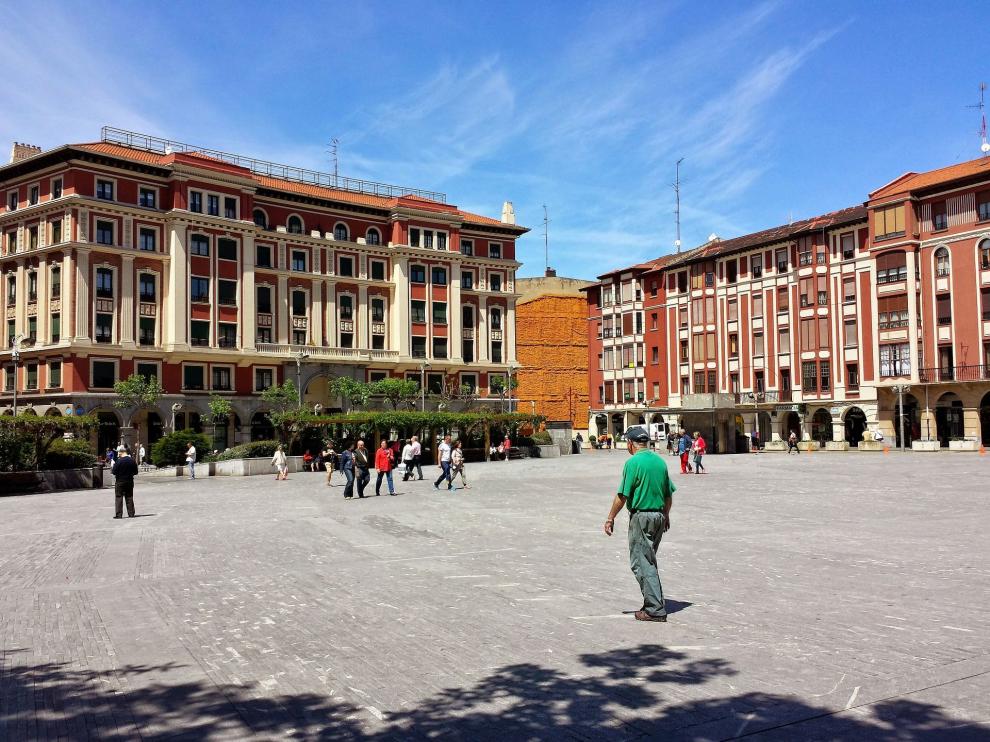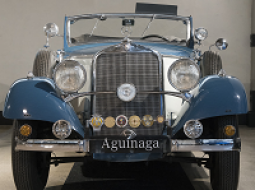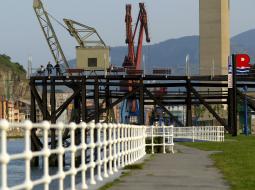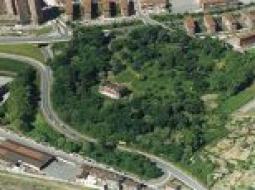Thessaloniki gets ready for its metro launch in November
The underground rapid transit lines have been under construction for almost two decades due to various project delays
 TheMayor.EU logo
TheMayor.EU logo 
The history of Barakaldo can generally be divided into three main periods. The first one dates back thousands of years and information on it is particularly scarce. The second is related to the foundation of the Anteiglesia. It is known that in 1051 Don López Velázquez was granted the title of Señor de Barakaldo. The third period of the city begins after its separation from the Encartaciones region.
The urbanization and industrialization of the region began in the mid-19th century. Barakaldo developed rapidly in terms of population between 1800 and 1900 which was accompanied by the settlement of many immigrant labourers.
The town prospered thanks to the local ironworks and dynamite factory, the Biscayan mines, the extension of railways and the shipping industry. Until the recession of 1980 steel manufacturing played an important part in local development.
Nowadays the industrial zones have been largely redeveloped into residential areas.
Barakaldo is a municipality in the Biscay Province, Basque country, Spain. It is located on the Left Bank of the Estuary of Bilbao and belongs to Greater Bilbao. It has a population of 100,435 inhabitants (as of 2018, Municipal register of Spain) and an area of around 25.03 square kilometres. This makes it the second-largest municipality of Bizkaia in terms of population (102,137) and the fourth largest in the entirety of the Basque Country.
Barakaldo is located at a short distance from Bilbao, the Port, the Mining Zone, and the nuclei on the right bank, 8 km from Bilbao, 75 km from Vitoria and 115 km from San Sebastian.
The industrial suburb was traditionally known for manufacturing shipbuilding equipment. Today its economic activities include iron refining and the manufacturing of steel tubing and machinery. It is the terminus of a mining railway (Britannica)

The size of the museum, with its more than 2,000 square metres makes the Aguinaga Museum a place to get lost in the history of Mercedes-Benz. From the oldest model from 1926 to the most modern, you can feel the values of one of the most important automotive brands in the world.

The loader of the Franco-Belgian mining company, once a sign of the entrepreneurial drive of this entire region, has become a monument to its industrial past. Apart from its didactic use, the building now serves as an extraordinary viewpoint from which to contemplate a superb view of the estuary. Under it, a short walk takes us to the rehabilitated Dársena de Portu.

The Munoa Palace is one of the jewels of contemporary Basque and European architecture. This residence was commissioned by Juan Echevarría la Llana in 1860, a prominent representative of Bilbao's upper bourgeoisie, as a summer residence. Its location is magnificent: he chose a hillock from which it dominated the mouth of the Bilbao estuary. The architect, Ricardo de Bastida, renovated it in 1916, giving it its current image of a majestic French-style mansion.
Herriko Plaza 1, 48901